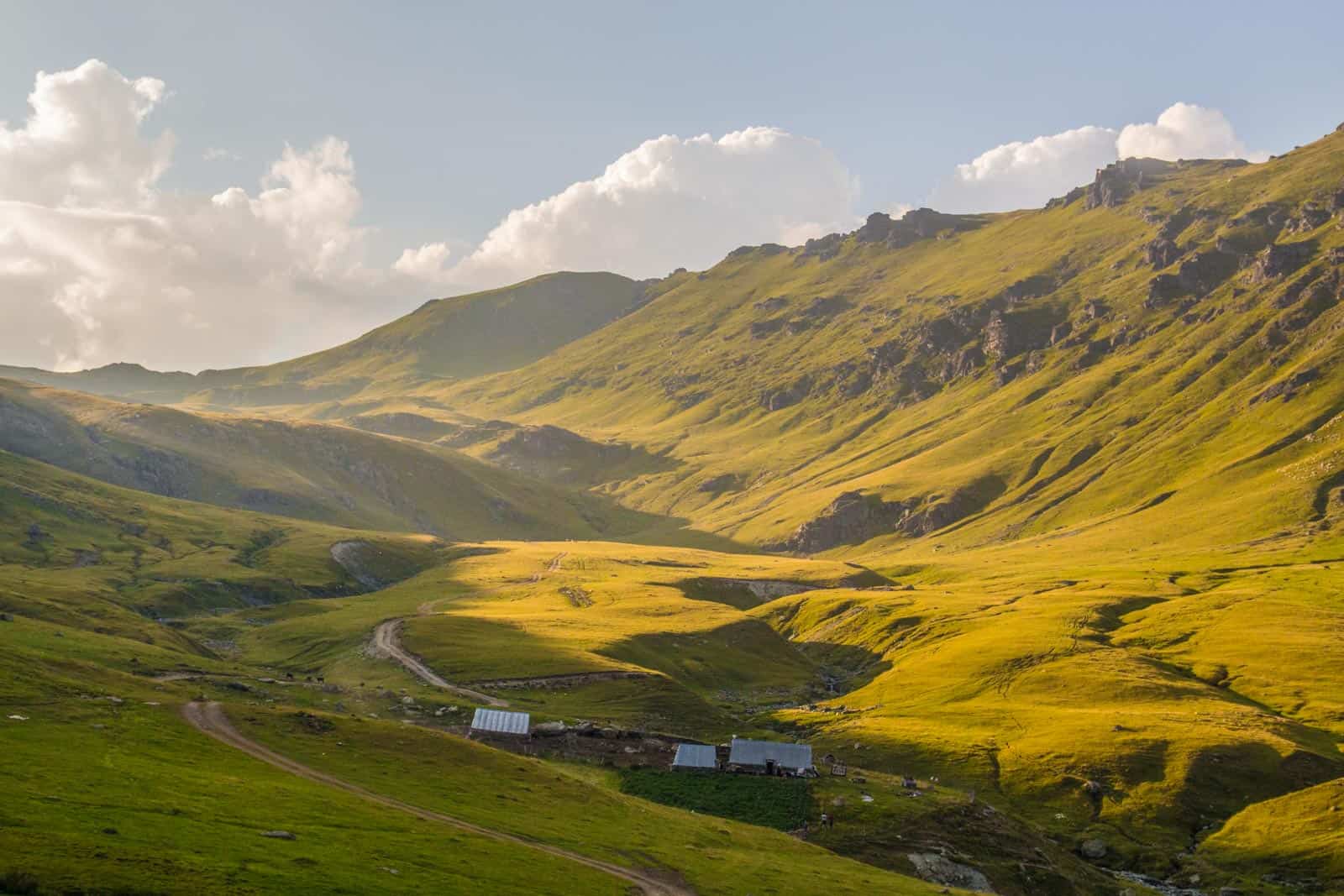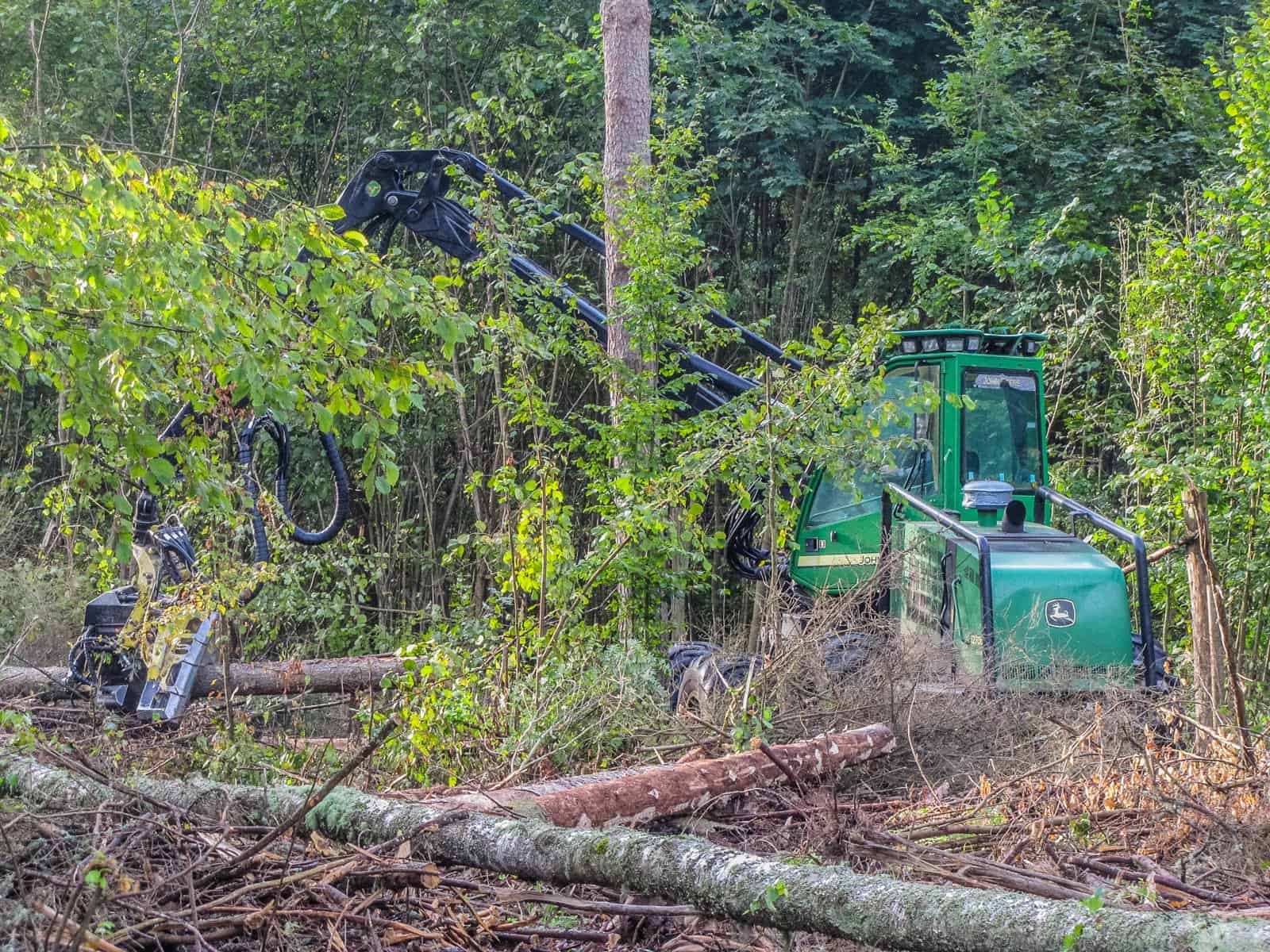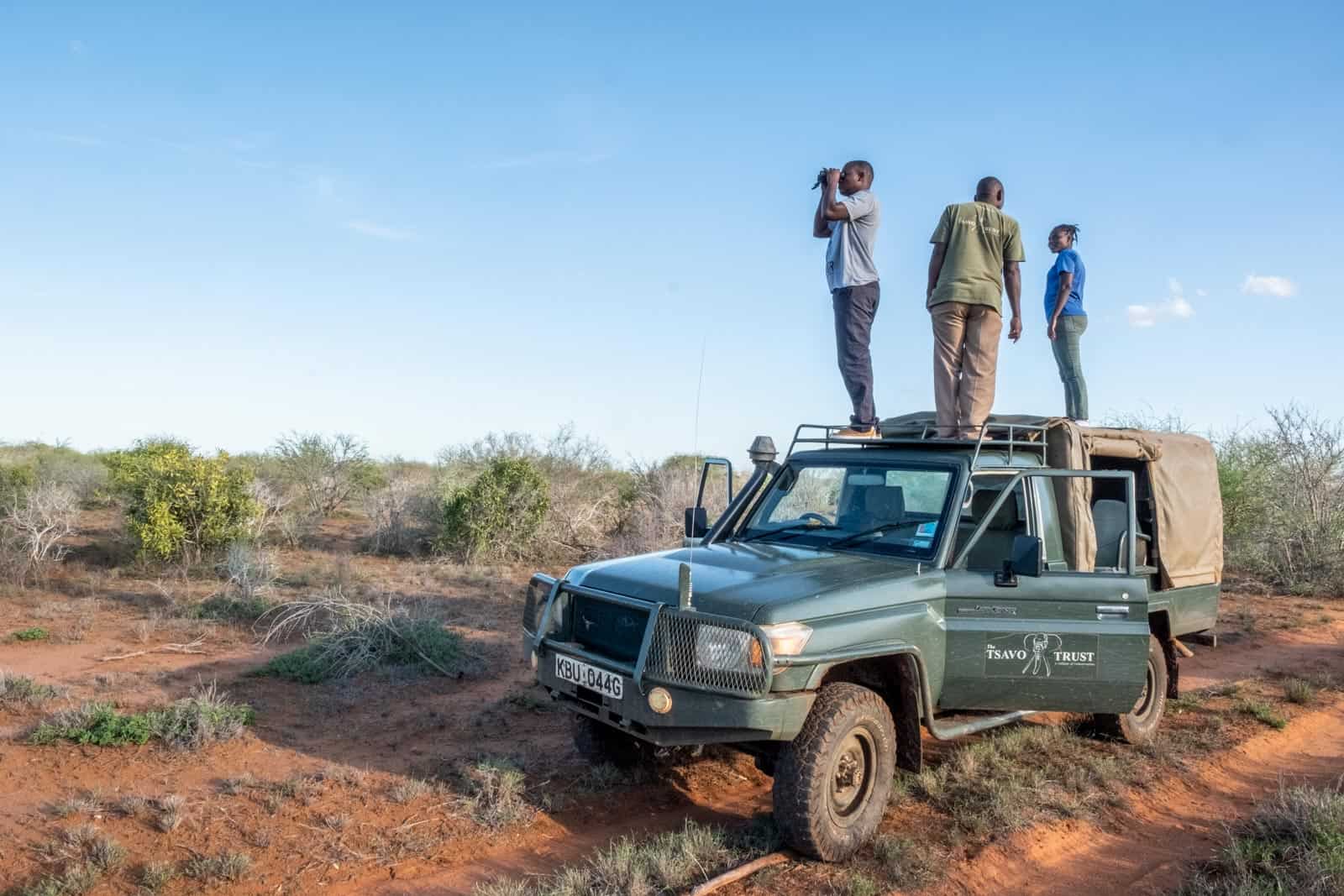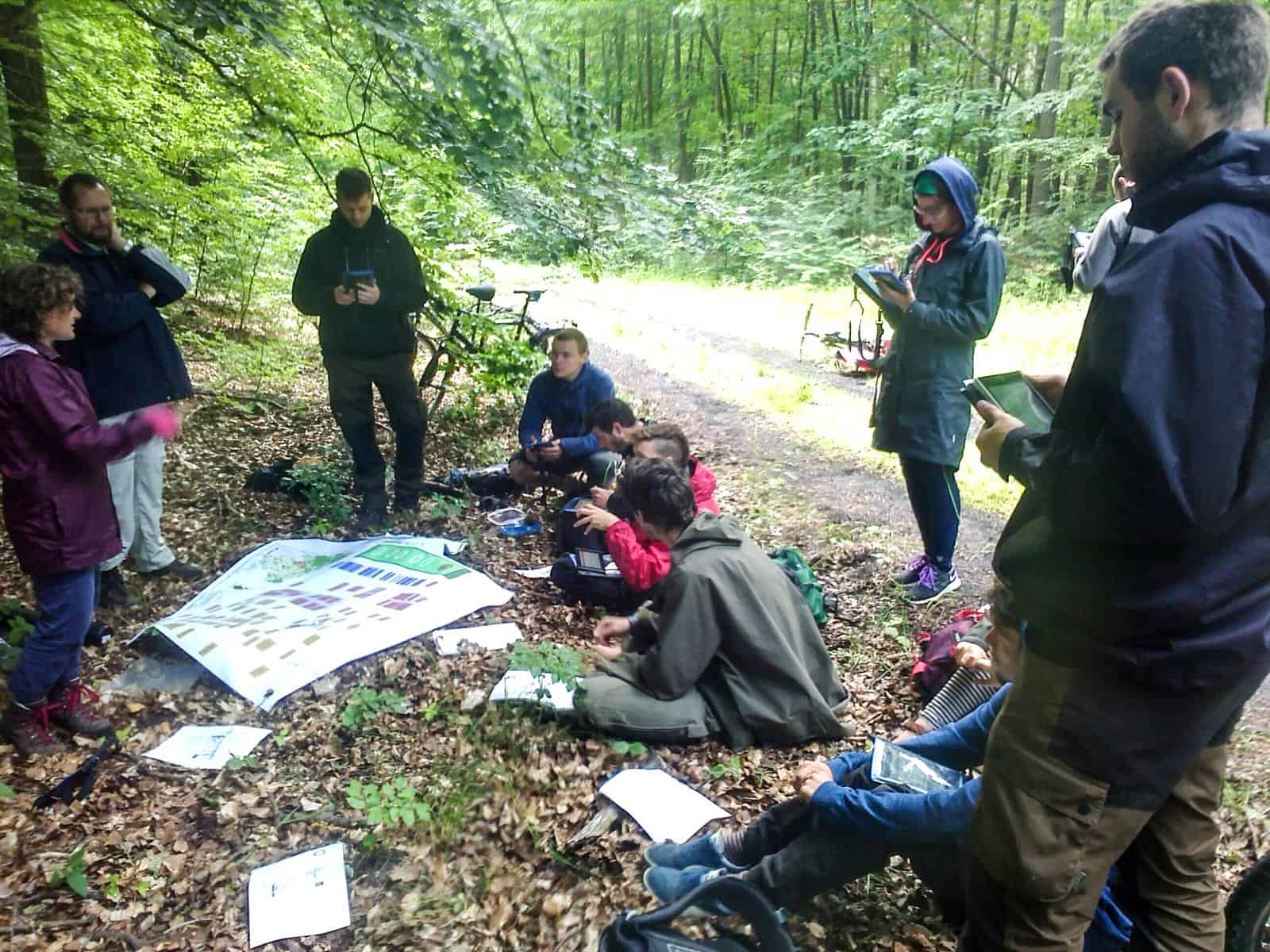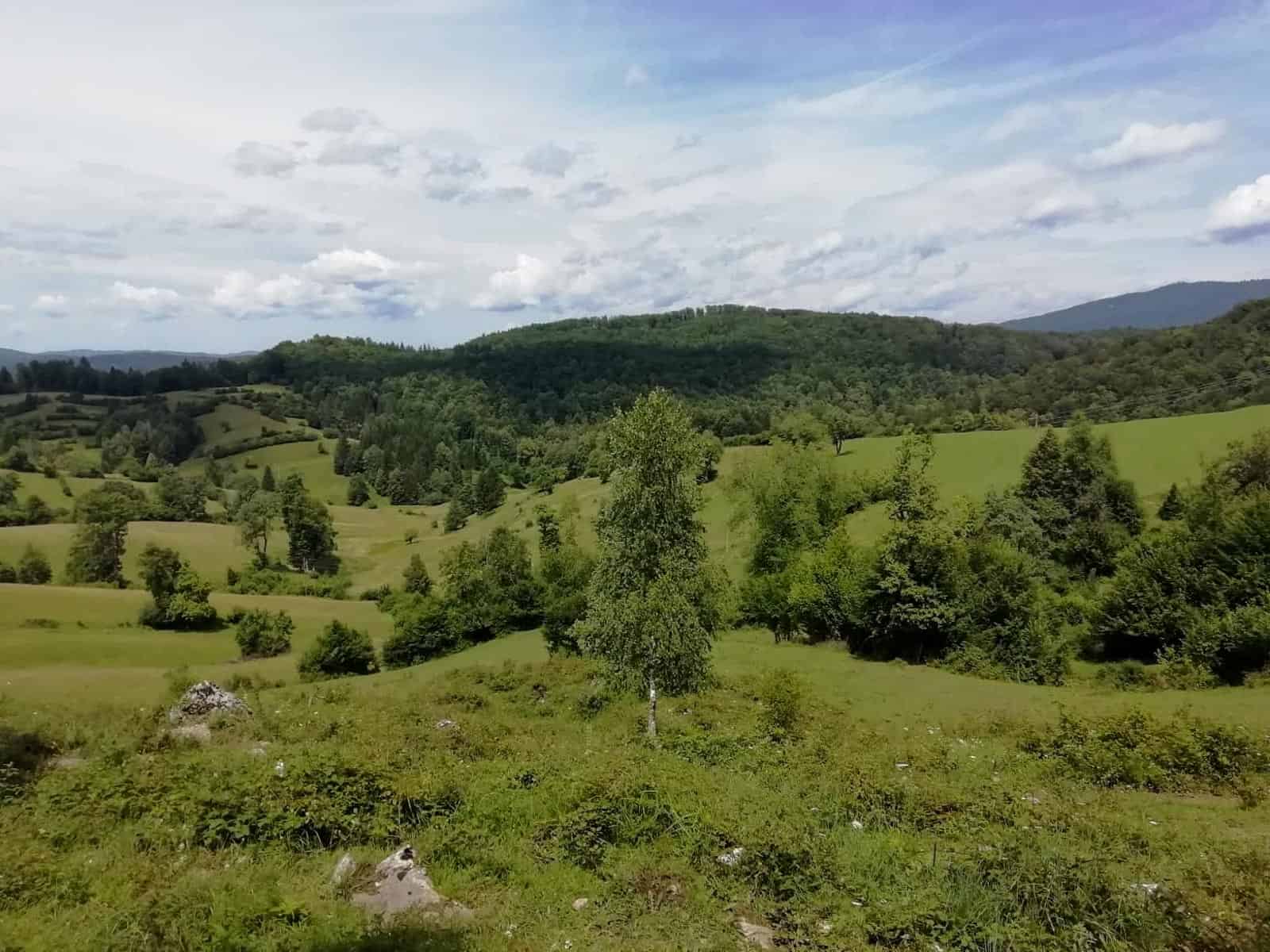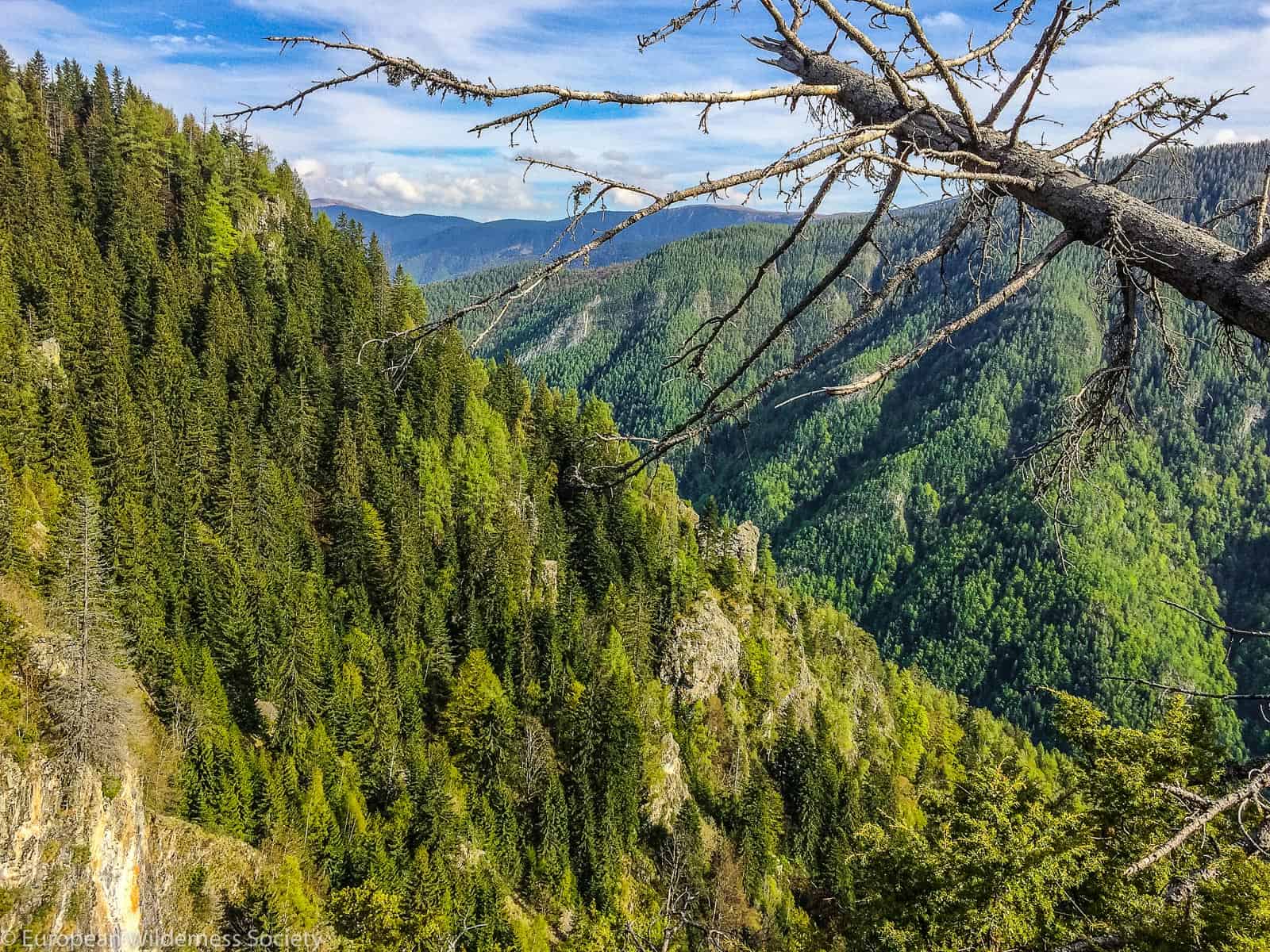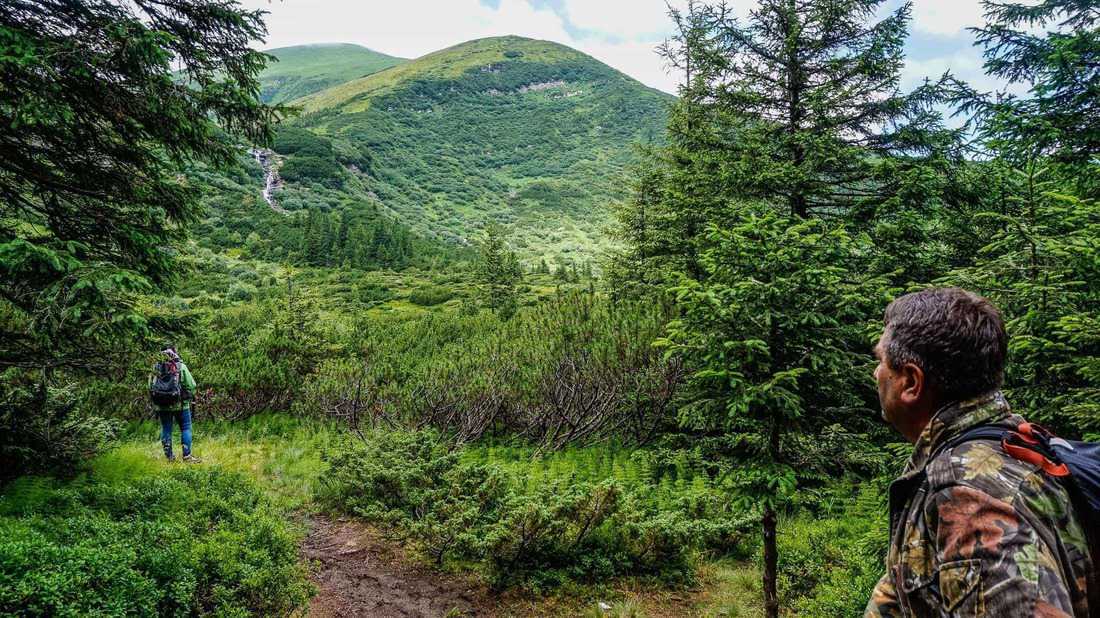The beautiful world of (non-) fungi in a Wilderness area
Today, we are happy to share a story from Iryna Yatsiuk, a mycologist from Eastern Ukraine living is Estonia. A few years ago, she started working in the Wilderness area Dürrenstein in Austria to investigate the diversity of myxomycetes, a class of ‘slime molds’. While the name doesn´t sound very appealing they neither fungi nor disgusting, but diverse and beautiful.
Please also read: First Slovak National park reaching 50% non-intervention zone
“This year in May me and my husband Yehor Yatsiuk, ornithologist, spent a week in Dürrenstein Wilderness Area. While Yehor was involved in the owl research project, I’m a mycologist and therefore was focused on fungi. Though for harvesting mushrooms (for food) autumn is the most appropriate season, for mycologist spring is a very nice time to discover interesting species and ecological groups.
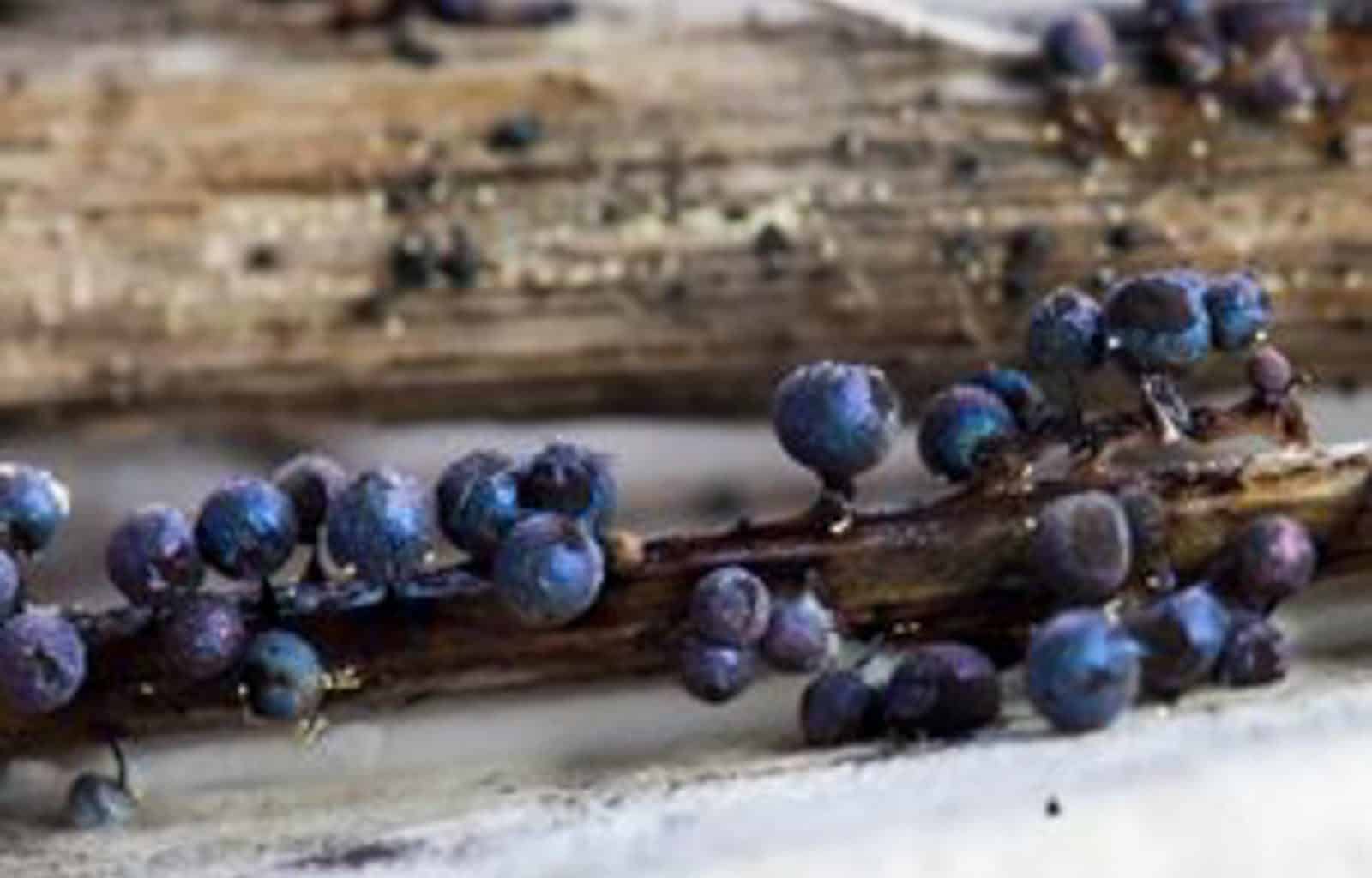
One of such spring groups is nivicolous myxomycetes. To be exact, myxomycetes (or slime molds) are not true fungi, being rather related to animals. They are protists, amoebae, which can aggregate and, on one stage of their live cycle, form fungi-like fruit bodies from millimetres to dozens of centimetres in size. That is why they are traditionally studied by mycologists. As amoebae, myxomycetes live in plant debris, where they feed on bacteria or other micro organisms. When the amoebae population grows and the feeding resources deplete, amoebae aggregate (crawl together) and form a huge amoeboid mass (plasmodium). A plasmodium looks like coloured slime and gives the name to the whole group – slime molds. After that, myxomycetes fructify, forming ball-, hair- or lollipop-like fruit bodies on dead or living wood, grass or even on the walls of buildings. Feeding on bacteria, and being itself a food for e.g. beetles and slugs, myxomycetes are crucial for the flow of nutrients through the ecosystems and essential for forest food webs.
Well-preserved forests in Wilderness areas, including primeval ones, provide a high biodiversity of fungi and fungi-like protists; and undoubtedly there are many more species to be discovered!

Special non-fungi
Usually myxomycetes can be found in warm seasons of the year, especially after rains. But one group of slime molds, more than 80 species, generally referred to as “nivicolous” or “snowbank” myxomycetes, have a specific ecological strategy. They develop their plasmodia and fruit bodies in late spring near the border of melting snow. This habitat provides special conditions. On one hand, temperature under the melting snow is quite low (nivicolous myxomycetes are well adapted for it), but on the other hand the snow layer protects them from rapid changes of temperatures. Besides that, high moisture and a big amount of plant debris makes this habitat suitable for these organisms. Nivicolous species of myxomycetes are most frequently found in the mountains, particularly in the alpine belt, so the Dürrenstein Wilderness Area is a perfect place to expect high biodiversity of this amazing group.
In total, during our short stay, 18 species of myxomycetes were recorded, among them 14 are nivicolous. Most of them belonged to the genus Lamproderma, whose fruit bodies shine with various shades of blue, bronze and violet. It is however quite possible that there are over 300 species of slime molds in Dürrenstein.
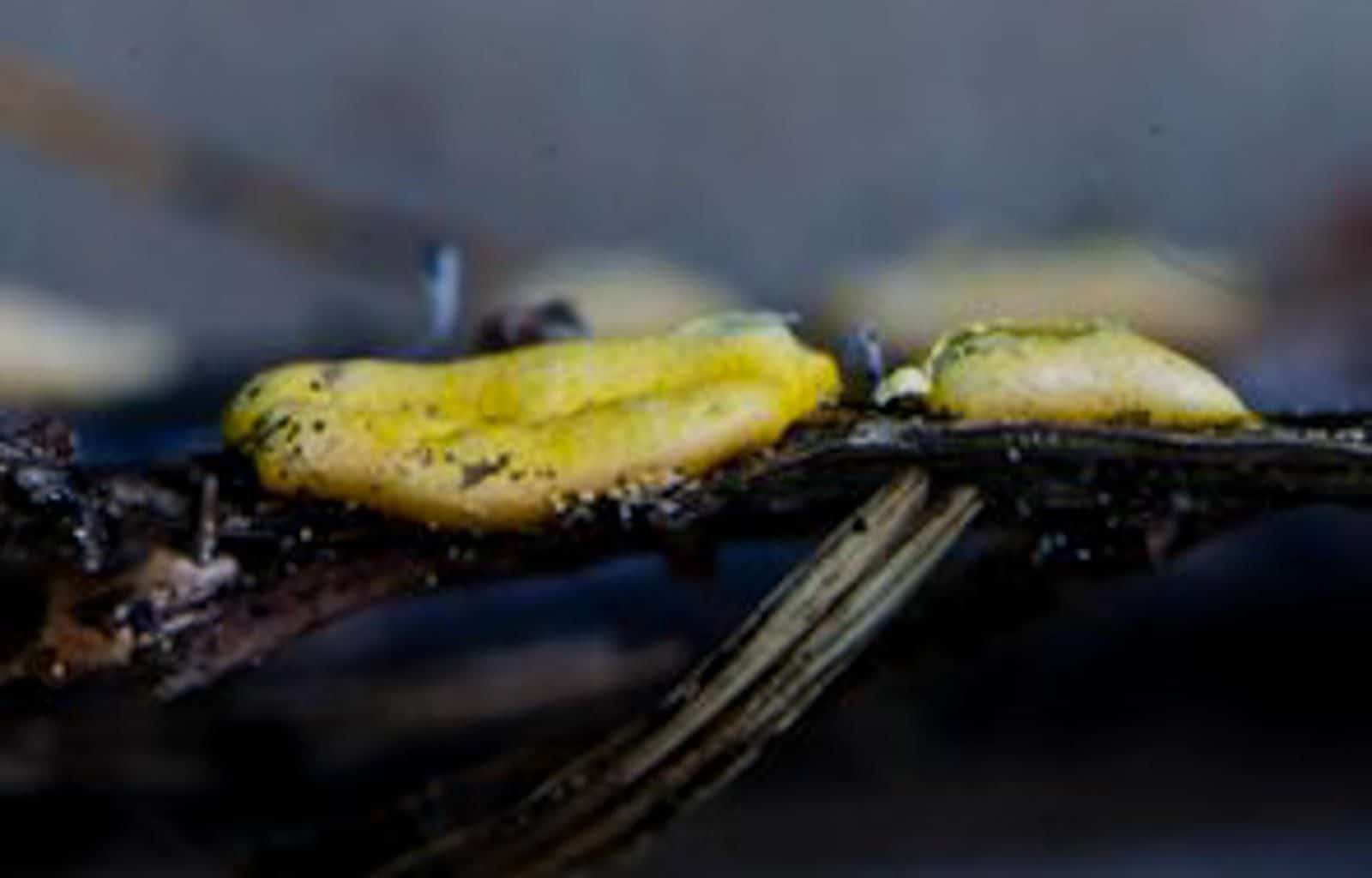
Besides that, very abundant were bright-yellow Physarum alpestre and pure white Diderma alpinum. Their fruitbodies are covered with lime crust, which is composed of calcium carbonate.
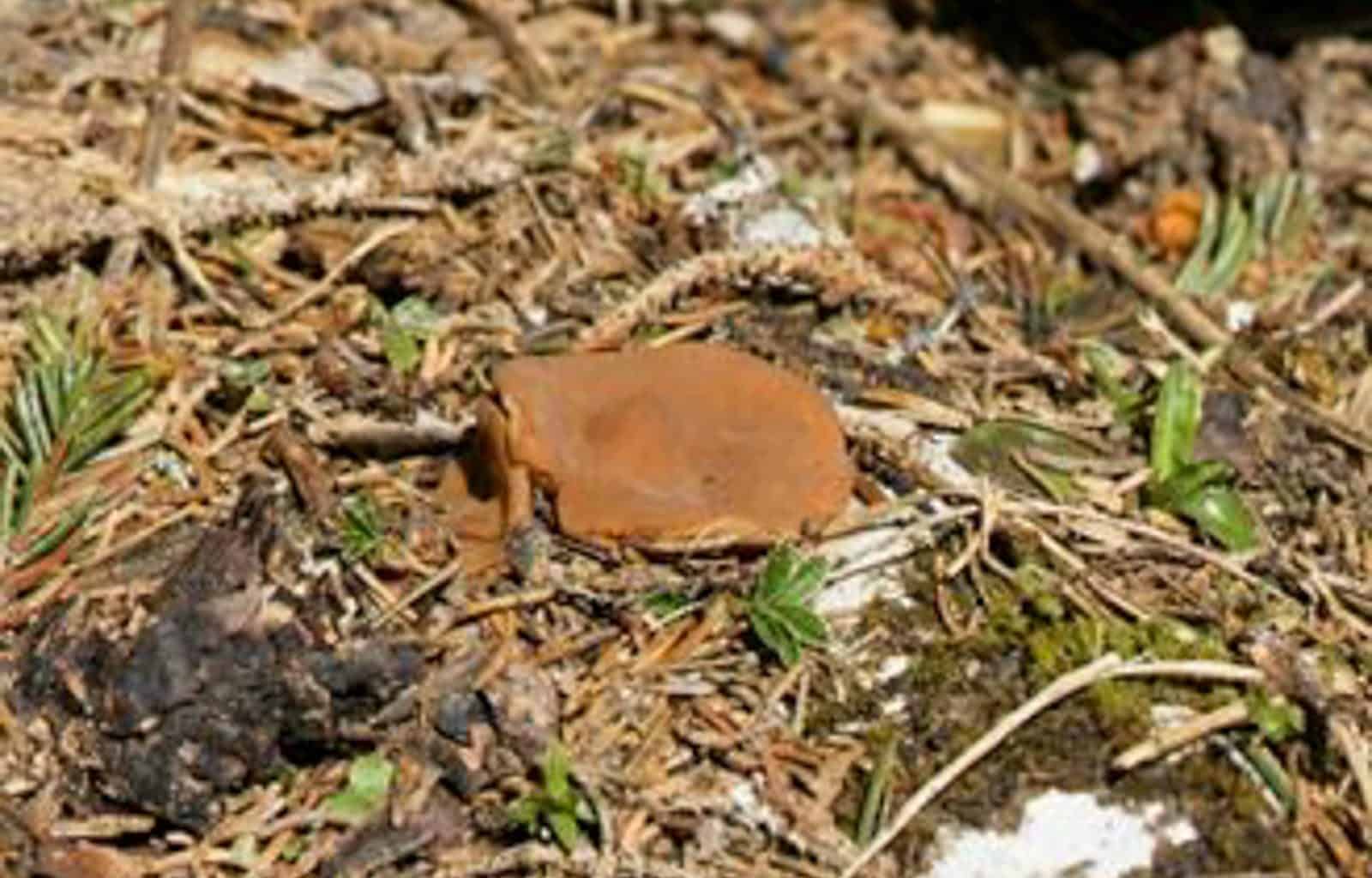
Apart from myxomycetes, in the Wilderness area we identified nine species of true fungi. Among them there are four different species of false morels (genus Gyromitra). One of discovered species, Gyromitra geogenia, has almost non-visible stipe, and in general looks like a brownish plate lying on the ground. It is the alpine species, and also is known to grow near the melting snow.”

